Warning Signs Of Skeeter Syndrome
Skeeter syndrome is an allergic reaction to proteins found in the saliva of mosquitos. The allergic reaction causes painful swelling, redness, and itchiness at the site of the mosquito bite. Unfortunately, there currently is no diagnostic testing that can identify mosquito antibodies. Physicians diagnose skeeter syndrome by examining the area of the bite and questioning the patient about their activities before exhibiting symptoms and determine if it is possible mosquitos could have bitten the patient. Treatment for skeeter syndrome is non-invasive and can typically be done at home.
Get to know the key symptoms of skeeter syndrome now.
Extreme Itchiness And Swelling
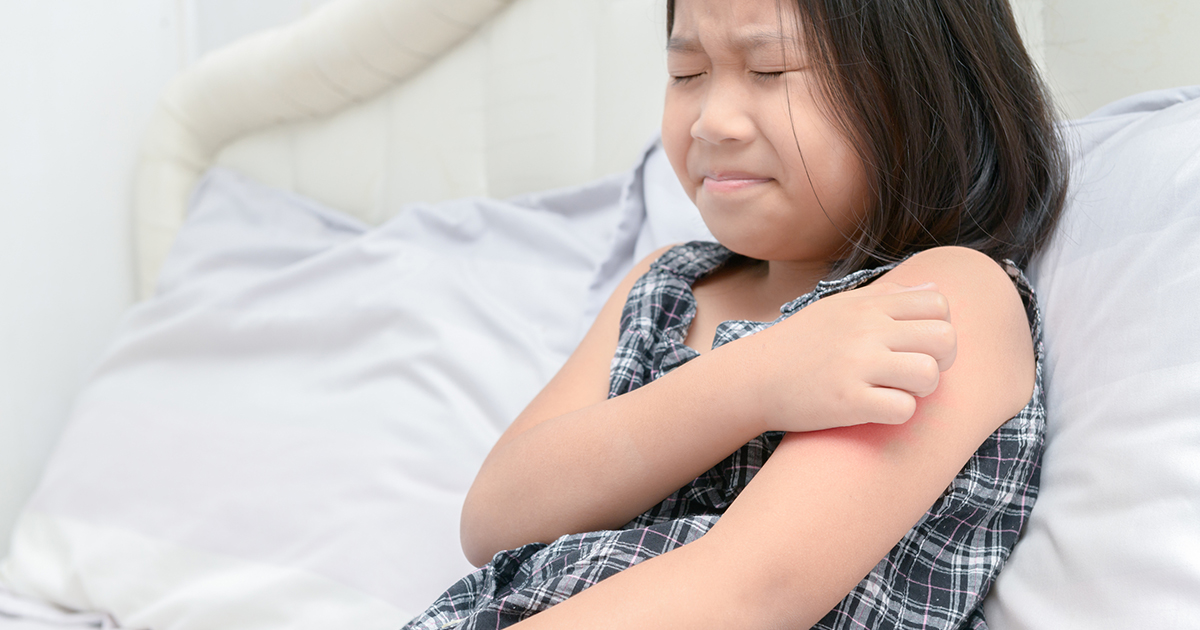
One of the primary symptoms of skeeter syndrome is extreme itchiness and swelling. The itchiness can be intense and doesn't go away with scratching. Swelling can be minimal, but scratching at the site can cause irritation, causing the initial bump to swell much larger. While the itchiness and swelling can be an extreme annoyance, scratching is not advised, as it can result in breaking the skin, which can increase the risk of bacterial infection. To decrease itchiness consider anti-itch creams, which are relatively inexpensive. Rubbing ice on the area several times a day can also reduce the swelling and soothe the itch and discomfort.
Keep reading to learn about more symptoms of skeeter syndrome to be on the watch for.
Bumps And Swelling In Other Locations
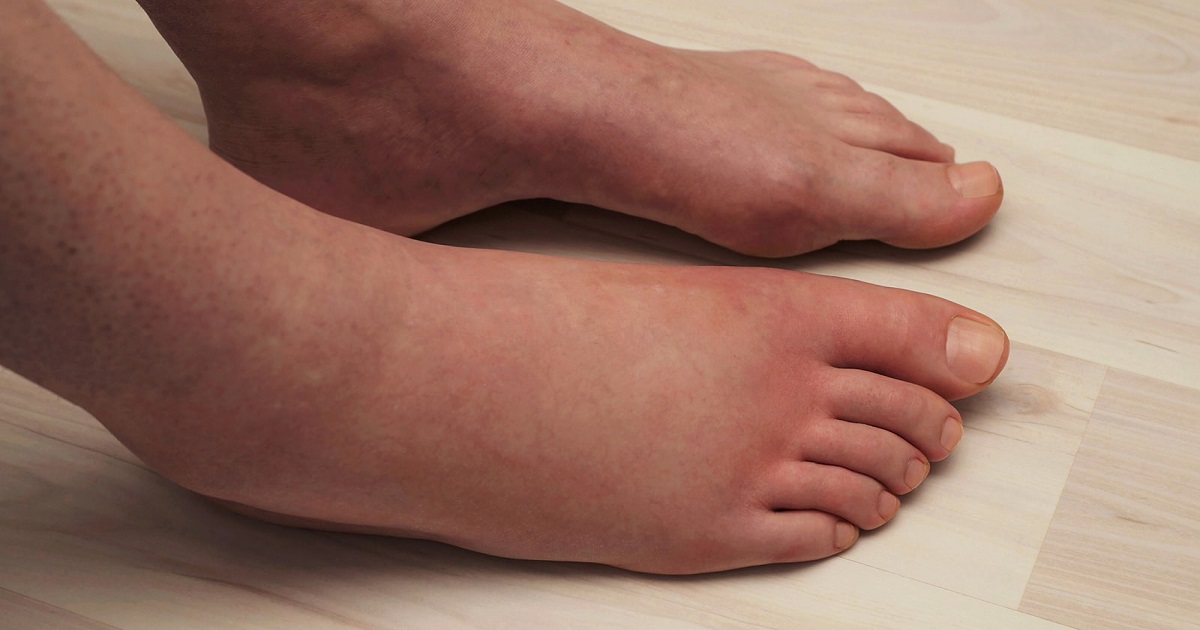
Patients with skeeter syndrome may also experience bumps and swellings in other locations separate from the initial bite. These bumps and swellings can appear either immediately after an individual is bitten or after some time has passed. Bumps and swelling in other locations may be singular or appear clustered like a rash. To reduce the swelling, ice can be applied to the location of the bumps. If there are several bumps in one area, an ice pack can be used instead of an ice cube. If ice is unavailable or if the cold from ice is too much to bear, a cold compress can be created by placing a washcloth in cold water, folding it, and applying it to the affected area with light pressure.
Continue to reveal more key symptoms of skeeter syndrome now.
Infections Due To Scratching
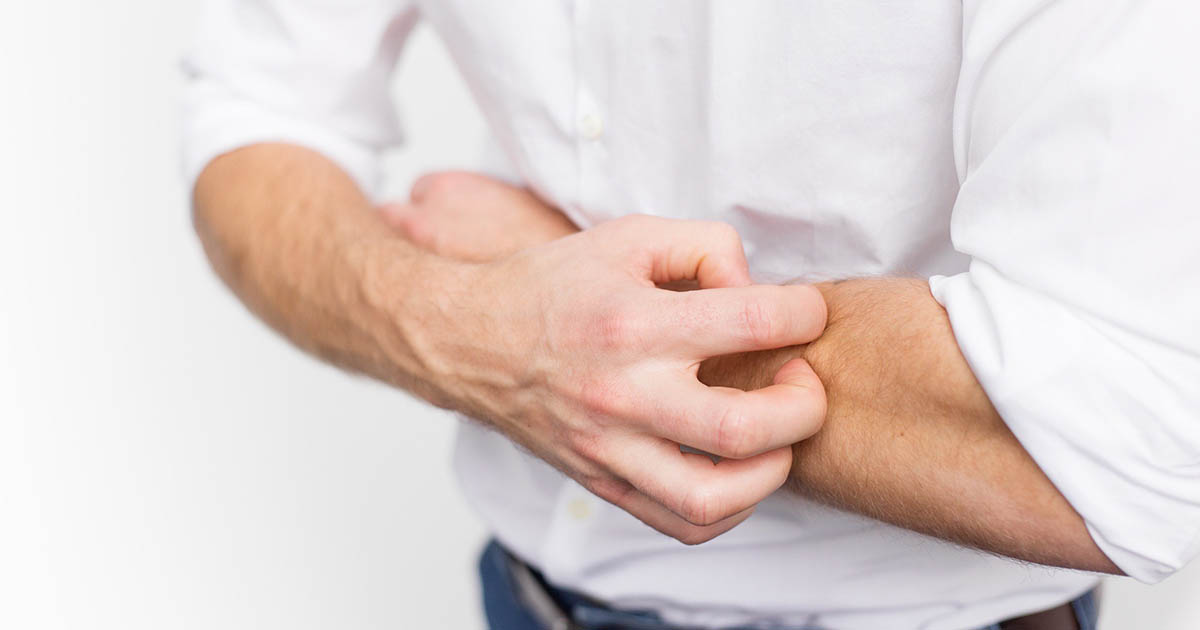
Although scratching can provide temporary relief to a skeeter syndrome patient, it is highly discouraged. Intense, consistent scratching increases the risk of skin breaking and an individual contracting an infection. Redness and swelling at the site are common, but these symptoms accompanied by a bump that is warm to the touch, fever, and pain can be a sign the bite has become infected. Infections due to scratching must be diagnosed by a physician and may need to be treated with a topical or oral antibiotic. Individuals with an infection as a result of scratching can treat many of their symptoms with over-the-counter remedies for fever and pain. Cold compresses and ice at the site can help to reduce extreme swelling and pain associated with the infection.
Keep going to understand more of the various symptoms of skeeter syndrome.
Bruises And Blisters
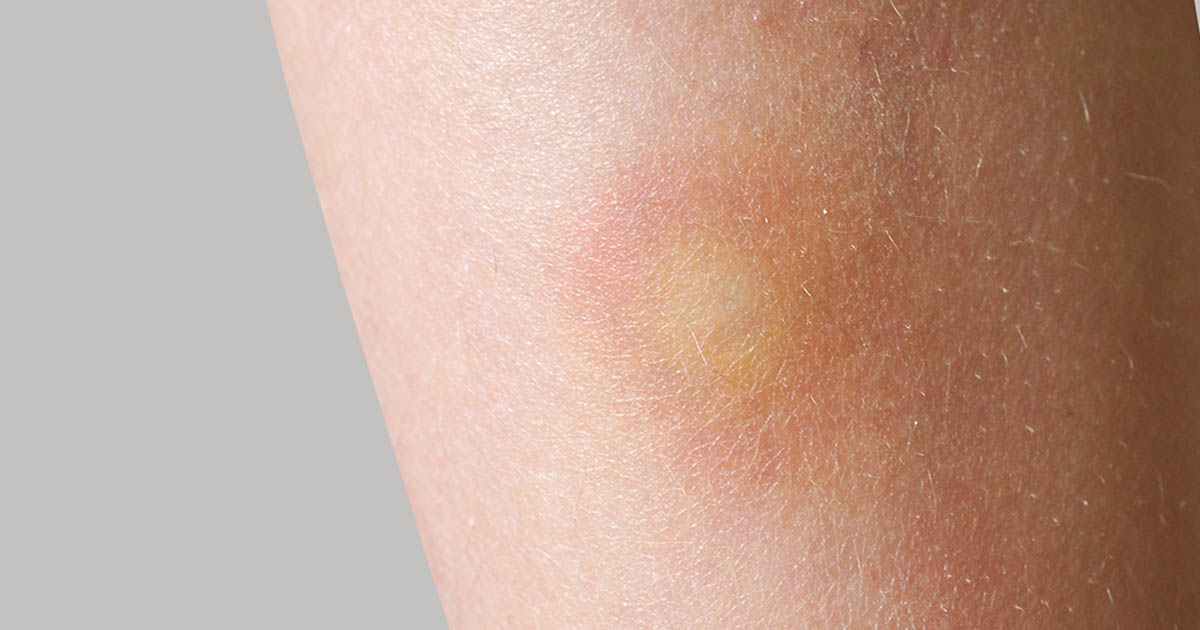
Bruises and blisters are also common symptoms of skeeter syndrome. This bruising and blistering may be accompanied by pain at the site and can be a bit uncomfortable, depending on where the symptoms are occurring. There are several ways to treat the bruising without a trip to the doctor. Ice is a great method for not only reducing bruises but also providing soothing relief for any pain associated with the bruise. A cold, wet compress may also provide relief as well. Blistering can be treated by washing the affected area with warm water and soap and swabbing with iodine. Lancing the blister (draining with a needle or other sharp object) is not recommended unless done by a professional, as it can lead to infection. Once the blister opens and begins to drain, it should be coated with an antibacterial ointment or petroleum jelly and covered with a bandage to prevent infection until it heals.
Continue to unveil another symptom of skeeter syndrome now.
Anaphylaxis
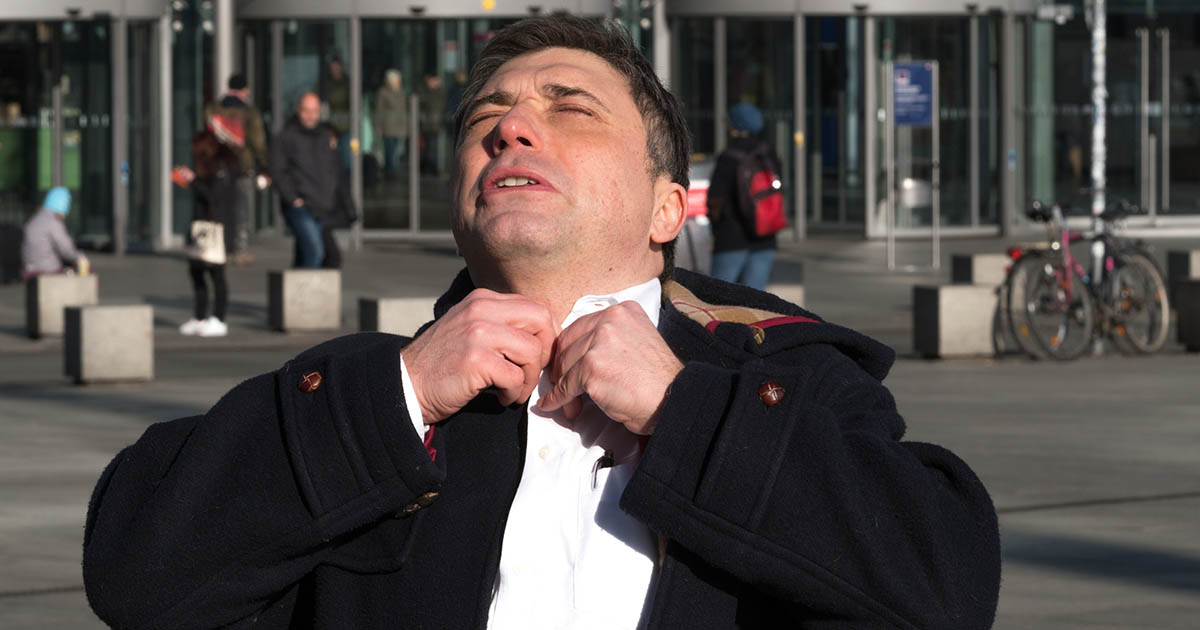
Anaphylaxis is an allergic reaction that can potentially be life-threatening if not treated immediately. Symptoms can vary and include hives, flushing, and swelling of the lips, tongue, and roof of the mouth; airway restriction resulting in difficulty breathing; and low blood pressure. Anaphylaxis can result in death and should be treated immediately. Patients with severe reactions to mosquito bites may be given specialized medical treatment to reverse the symptoms of the allergic reaction.
It is advised to visit a doctor or emergency room as soon as possible to reduce the risk of the reaction being fatal. It is also encouraged for individuals with a known severe reaction to mosquito bites engage in preventative measures to avoid mosquito bites and when engaging in activities that may increase the risk of being bitten, let others know the severity of their allergy and inform them of proper procedures in case a severe reaction occurs.
Uncover more skeeter syndrome warning signs now.
Fever
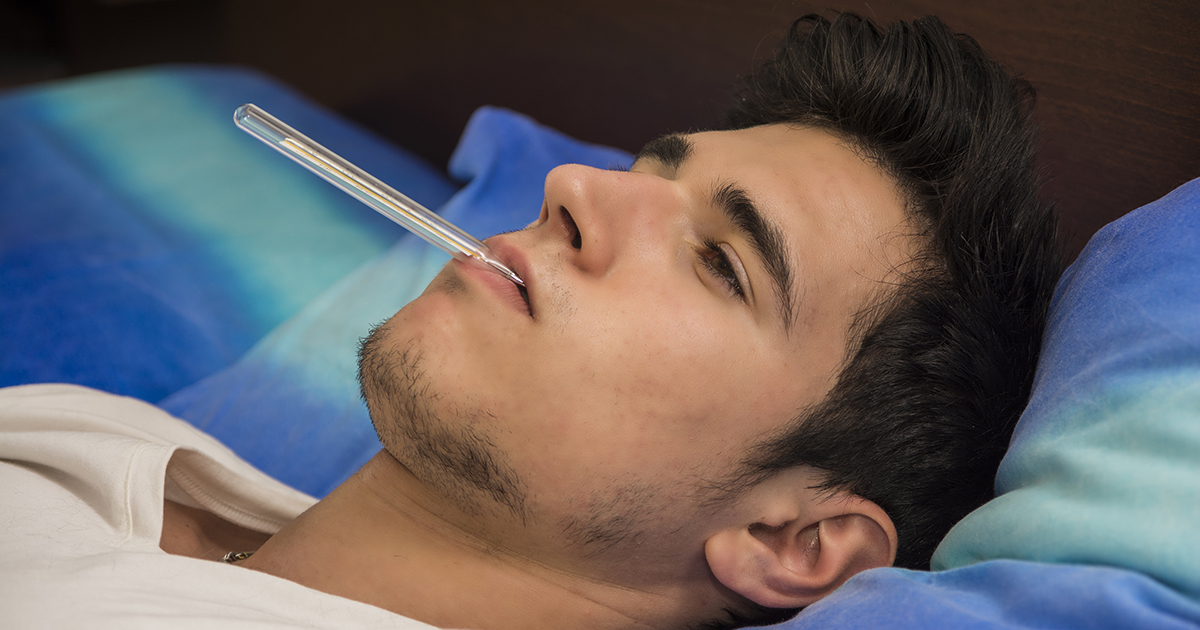
Some patients with skeeter syndrome may develop a fever, and this usually happens in moderate to severe cases of the syndrome. Individuals who believe they may have a fever should check their temperature regularly at home. Ideally, patients who have a fever after a mosquito bite should go to the doctor or urgent care center for an evaluation. This is especially important if the patient is a child or if their temperature is above 101 degrees Fahrenheit. To ease the discomfort a fever can bring, doctors may recommend that patients use an over-the-counter medication such as ibuprofen or acetaminophen to lower their body temperature. Patients with underlying medical conditions, including those with cardiovascular disease, kidney disease, and liver issues, should consult a physician to determine which medication is safest for their needs. Applying a cool cloth to the forehead feels soothing for many patients who have a raised temperature, and getting plenty of rest and sufficient fluid intake can promote recovery.
Read more about key symptoms linked to skeeter syndrome now.
Vomiting

Vomiting is generally an indication of a more advanced case of skeeter syndrome, and patients who are experiencing this symptom may be unable to keep any food or liquid down. Individuals may wish to note the date, time, and number of episodes of vomiting; this information can be useful for clinicians. In general, vomiting lasts between six to twenty-four hours, and most cases can be treated at home. However, patients should go to an urgent care center or to the emergency room if vomiting occurs in conjunction with a fever of more than 101 degrees Fahrenheit or if diarrhea, confusion, rapid heartbeat, or rapid breathing are also present. To prevent dehydration, patients may want to use an oral rehydrating solution if vomiting lasts more than twenty-four hours. Patients who are vomiting should avoid all solid foods until the vomiting has passed, and doctors recommend drinking clear liquids in increasing quantities. Individuals taking oral medications should temporarily discontinue these while they are ill, as some medications could irritate their stomach and worsen vomiting. Patients on several oral medicines should check with their healthcare team about when to resume taking these.
Get familiar with more warning signs of skeeter syndrome now.
Puffy Face
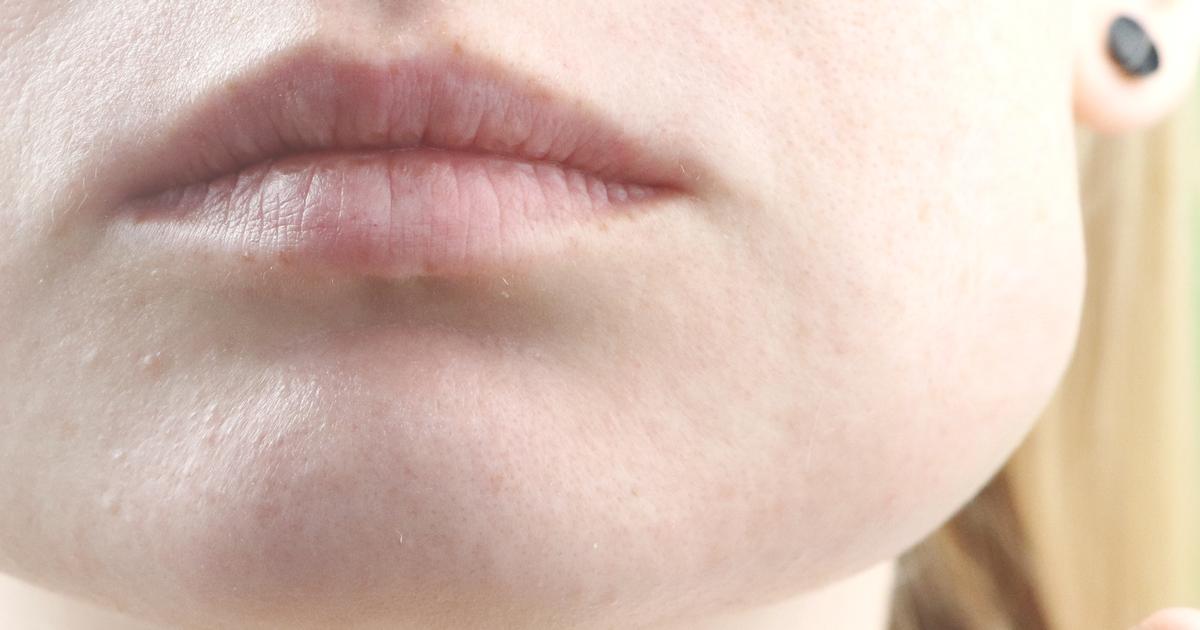
A puffy face may be a sign of anaphylaxis, one of the most severe complications of skeeter syndrome. Sometimes, the eyelids may swell shut, and the lips, tongue, or throat may become swollen too. Patients might notice an itchy rash that appears suddenly. Anaphylaxis can progress rapidly and lead to dizziness, low blood pressure, rapid heartbeat, and severe breathing difficulties. The condition is considered a medical emergency, and patients experiencing any facial puffiness or other potential signs of anaphylaxis should go to an emergency room or call for emergency medical attention immediately. To diagnose anaphylaxis, blood tests can be used to measure levels of tryptase, an enzyme that remains elevated for up to three hours after anaphylaxis begins. Epinephrine is normally the first treatment for this condition; it reduces the body's allergic response. Patients might be given intravenous antihistamines or cortisone to reduce inflammation and make breathing easier. Supplemental oxygen and beta-antagonists may be used to improve breathing as well, and patients will be closely monitored.
